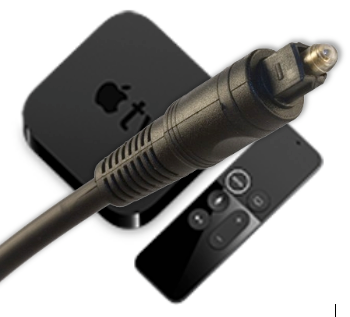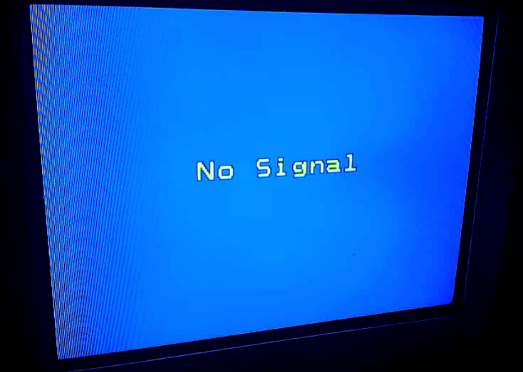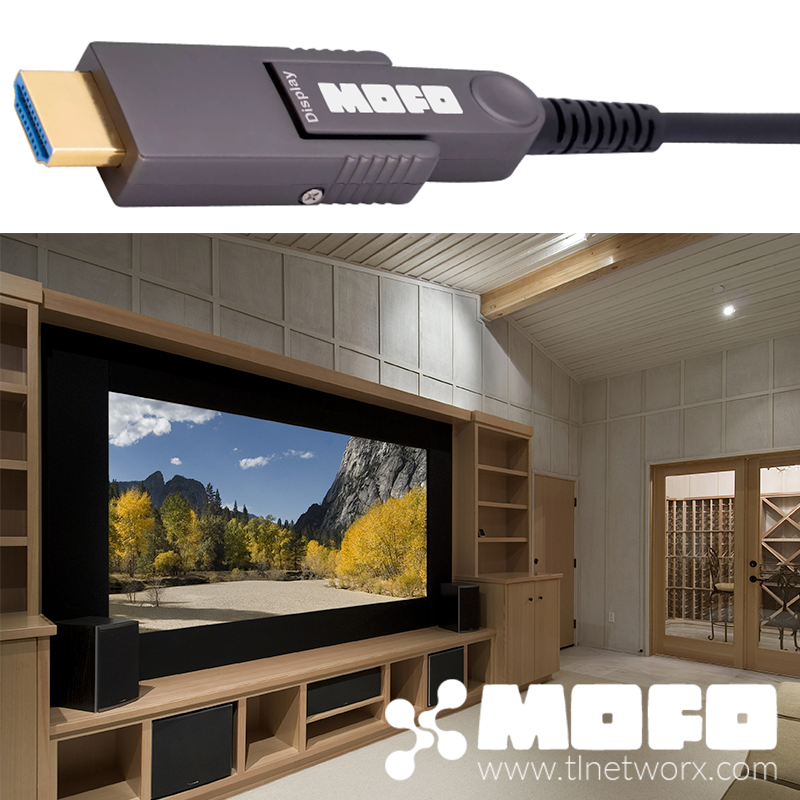Decoding Audio from Media Players (and other HDMI devices)

When it comes to audio, media players are no longer being designed for integration. Early generations slotted into the professional installation thanks to analog and digital audio outputs, but the latest generations from Apple TV, Roku, and countless other manufacturers only offer a single HDMI output. So how do we handle audio distribution?

There are several solutions depending on the application, but increasingly integrators are turning to audio de-embedders with or without decoding. This article explores these devices, as well as other common solutions that have become mainstream in professional AV.
De-embedders & Decoders
HDMI decoders, commonly known as audio de-embedders, decode digital audio from the HDMI stream so it can be output through traditional analog and/or digital audio connections (such as RCA, coax/SPDIF and TOSLink). Decoders come in many flavors with lots of different features; however, in a professional environment the most important feature is usually licensed Dolby® and DTS® processing.

Dolby® and DTS® allow you to not only de-embed audio from the HDMI stream, but also decode and convert the audio so it's formatted for your application. For example, your theater system will typically require multichannel audio, whereas your audio distribution system requires stereo audio. The media player can only output one format at a time, so something won't receive an audio stream.
An HDMI decoder with Dolby® and DTS® will not only pass native audio to the devices that require it, but it will also simultaneously convert and output audio for the devices that require a different format. For example, integrating an HDMI decoder into our example above will allow the theater to receive its multichannel audio stream while the audio distribution system will simultaneously receive a stereo audio stream. The HDMI decoder passes the multichannel audio signal through the HDMI connection and the stereo audio signal through the analog RCA connection.

TechLogix offers two models of HDMI decoders: the TL-AD-HD and the TL-AD-HD2. Both models feature Dolby® and DTS® processing, as well as numerous audio output options and native HDMI signal pass-through. The biggest difference is the compatible HDMI signal bandwidth: the AD-HD supports 10G HDMI, whereas the AD-HD2 supports 18G HDMI. The chart below compares the two models.
| TL-AD-HD | TL-AD-HD2 | |
| HDMI signal bandwidth | 10G | 18G |
| Max HDMI video compatibility | 4K30 | 4K60 4:4:4 HDR |
| HDMI version | HDMI 2.0 | HDMI 2.0 |
| HDCP version | HDCP 2.2 | HDCP 2.2 |
| Dolby processing | Yes | Yes |
| DTS processing | Yes | Yes |
| HDMI pass-through | Yes | Yes |
| Multichannel audio | 7.1, 5.1, Stereo | 7.1, 5.1, Stereo |
HDMI Extenders
Increasingly, HDMI extenders are also de-embedding audio from the HDMI stream. This is particularly useful in professional installations because the audio-visual sources (including the media players) are often remotely located in a centralized rack. Depending on the extender model, the audio is simply de-embedded for distribution or a formal audio return channel (ARC) circuit is integrated.

ARC is widely used in residential installations because the audio signal is sent upstream through the HDMI cable to a secondary audio-visual device, such as a receiver or audio controller. ARC effectively eliminates the need for separate TOSLink and SPDIF cables, both of which don't integrate well into larger applications and longer cable runs.
TechLogix offers three models of extenders designed specifically for HDMI extension with audio processing: the TL-TP70-HDIR, TL-TP100-HDC2 and the TL-FO2-HDC2. The TP70-HDIR and the TP100-HDC2 both leverage twisted pair cabling, whereas the FO2-HDC2 leverages fiber optic cabling.

| TL-TP70-HDIR | TL-TP100-HDC2 | TL-FO2-HDC2 | |
| Cable compatibility | Twisted Pair | Twisted Pair | Fiber Optic |
| Max Distance | 70m (230 ft.) | 100m (330 ft.) | 300m (1,000 ft.) |
| System Power | TX or RX | TX or RX | TX and RX |
| Audio Return Channel (ARC) | Yes | Yes | Yes |
| HDMI signal bandwidth | 10G | 18G | 18G |
| Max HDMI video compatibility | 4K30 | 4K60 4:4:4 HDR | 4K60 4:4:4 HDR |
| Embedded control | IR | IR, RS232, Ethernet | IR, RS232 |
Associated Devices
Audio decoding from the HDMI stream is also finding its way onto associated devices, such as switchers, splitters, and controllers. Ironically, some of these devices are actually less expensive than a "proper" HDMI decoder.
For example, the TechLogix TL-INCT-01 de-embeds audio from the HDMI stream for pass-through to a connected amplifier or audio processor. Originally designed for meeting room and classroom applications as an automated control system, the TL-INCT-01 has found its way into numerous environments, including assisted living communities and public mixed use rooms.
Devices which serve dual purposes (including HDMI audio decoding of course) are particularly useful because they simplify installations and reduce the number of in-line devices.

Consumer technology always finds its way into professional installations and as these devices become more cost sensitive and thereby more simple, we as audio-visual professionals will need to develop new technology to improvise. HDMI decoders and de-embedders allow us to manage audio even when a traditional audio connector isn't present.




Comments
Richard —
Thanks a lot for info